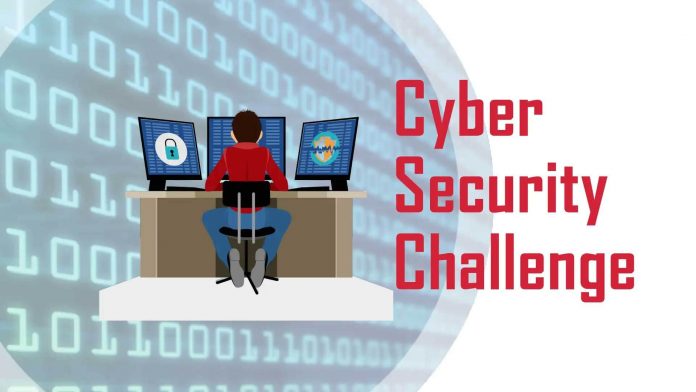For effective Cyber Security, an organization demands to regulate its efforts throughout its whole information system. Elements of cyber include all of the following:
1. Network-security
Network security consists of the techniques and modes used to restrict. And monitor criminal access, ill-usage, modification, or rejection of a computer interface also network-accessible sources.
2. Application-security
Application security contains actions taken to develop the security of an application usually by finding, fixing, and checking security vulnerabilities.
3. Endpoint security
Endpoint security or endpoint protection is access to the security of the computer network. That is remotely connected to client machines. The link of gadgets to corporate networks effects attack routes for security warnings. For example, laptops, tablets, mobile phones, and other wireless gadgets.
4. Data security in Cyber Security
Data security (cyber Security) relates to the method of protecting data from illegal access and data crime throughout its lifecycle. Data security incorporates data encryption, tokenization, and key administration practices. These are protect data across all applications and platforms.
5. Identity management Cyber Security
Identity management (ID management) is the organizational method for recognizing, verifying, and authorizing. Also, individuals or groups of people have entrance to applications, practices, or systems. By federating user rights and constraints with secured identities.
6. Database security
Database security applies to the common frequencies used to shield. Secure a database or database administration software from illegal use and ill-disposed warnings and attacks. It is a broad term that involves a multitude of methods, apparatuses, and methodologies. Which are ensure security in a database environment.
7. Cloud security in Cyber Security
Cloud security is the shield of data, applicability, and foundations involved in cloud computing. High-level security concerns. For example, illegal data presentation and leaks, exposed access controls, perceptivity to attacks, and availability separations. For instance, affect conventional IT and cloud systems alike.
8. Mobile security
Mobile security includes defending both private and company information stored on. And dispatched from smartphones, tablets, laptops, and other portable devices. The term mobile protection is a wide one that covers everything from defending mobile gadgets from malware warnings. To decreasing risks and defending mobile devices. And their data in the case of theft, illegal access, or unexpected loss of the mobile gadget.
9. Disaster recovery
Disaster recovery (DR) is a field of security planning. Which tries to guard a system against the outcomes of meaningful negative events. Having a crash recovery policy in place enables a company to manage or quickly resume mission-critical purposes following a disruption.
10. End-user education
An end-user is the character that a software application or hardware device is created for. The phase is based on the idea that the “end goal” of a software or hardware product. Which is to be beneficial to the purchaser. The end-user can be differentiated with the developers or programmers of the stock.















